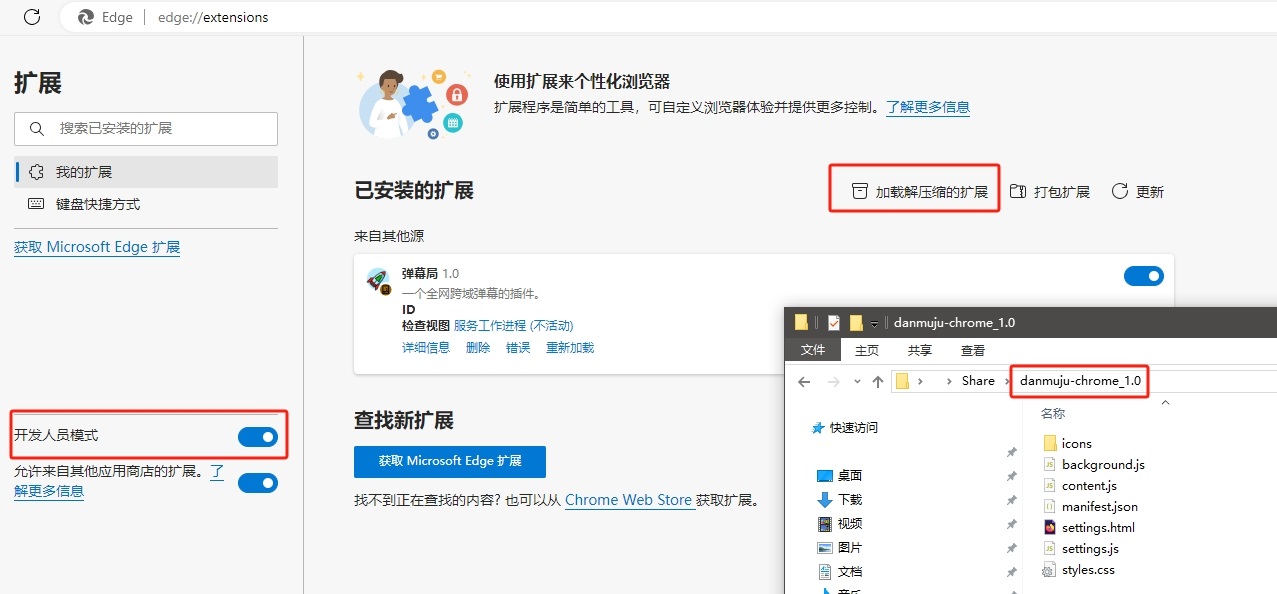夜深了,正欲睡觉,忽然又想上来讲几句。
讲点啥呢,想到啥讲啥。就是我觉得在未来的社会,咱们(尤其是做IT的),要敢于用自己的爱好去挑战别人的专业。
为啥这么说呢?
先说爱好,每个人都有自己的爱好,每个人也应该有自己的爱好,没有爱好的人,是多么的无趣呢。
然后为啥不仅要有爱好,还要去挑战别人的“专业”呢?
这是因为所谓专业,大多数时候,都只不过是一份职业而已。
试问,在这个世界上,有多少人,能够让自己的爱好成为职业呢?如果能,那无疑是幸运的。
也就是不妨有个这样的假设,对于大多数人而言,工作只是一份职业,所谓专业,也就是职业干久了。
对于很多人来说,工作只是为了混口饭吃,谋条生路。如果财务自由了,还有多少人愿意从事自己的工作?
很多能够将爱好作为职业的工作,比如艺术家、演员、手艺人,他们的来路你是看不见的,他们的背景你也是看不透的。
对于普通人而言,工作就是工作,谈不上是爱好。
所以,用爱好来赚钱,就成为了一种很大的优势啊,不觉得嘛?
现在大都在谈内卷,其实对于钻研爱好的人而言,何来内卷?只觉得时间不够用!
比如我,我想说我如今的一个转变,就是把喝酒这个爱好,转变成了卖酒这一份职业。这个我觉得真的是可以卷的过很多传统从业者的。
我这一年考察了传统白酒的生态链条上的很多岗位,从酒厂老总到调酒师傅,从市场主管到门店业务员,从专柜到夫妻店,研究了传统白酒生产乃至营销脉络上这一层一层的环节,感悟非常深刻。
我相信这链条当中应该缺乏一些,在30多岁的年纪,还愿意从头开始研究酿酒、卖酒、品牌、酒庄这些事情的人。即使有,我相信也非常少。即便他们很多人在从业,但我不觉得他们对白酒的兴趣大。
如今对于白酒这个行当,我的计划就是循序渐进,在之前的一篇文章 四年后再见 中,我谈及一种“纵向的自律”,就是说花很长很长的时间,来文火慢炖,慢慢研究一些东西。
就不要像阻塞式编程卡在那儿耗,就得像NodeJS一样,是异步的,因为人生就是要多线程,异步才对啊 。你光在那一个业务上啃啃啃,根本啃不动,但你按照自己的走位绕啊绕,啃啊啃,东一榔头西一棒槌的,await promise,说不定早晚叫你整出点东西。
不幸的是,我从小到大遇到的人都是叫我不要这么干的人。
我从小到大,教育我的都是觉得做事情要专注的人(可是也没见他们的专注让他们在什么领域有所成就)。
我从小到大,遇到的管理者也都是觉得做事情不能发散的人。
因为这套做法是和主流价值观相违背的。他们就是希望你踏实,希望你固执,希望你稳定。
可去他们的吧!大家都只活这一次,凭什么就是别人对?世界到如今这个程度,只有一些真正到三十好几还有热乎心气儿的人才能干出点事情了。
由着那些麻木又顽固的草台班子们,世界就会越来越失去活力,越来越失去想象力。
所谓知行合一我现在是理解的透透的。知,就是你的认知,你的内心世界,你的天马行空。行,就是不要飘着,就是要干,就是把自己精彩的内心世界,自己看到的美丽世界,在真实的世界投影出来,镌刻出来,而不是只一边欣赏它在心里的美丽倒影,一边骂骂咧咧这个世界的不尽人意。
去干,去拥抱,去占有,甚至去糟蹋,去浪费,也比你在心里克制,想一万遍强。
喜欢就是欣赏,爱就是去霍霍。
扯远了,继续扯回主题。
说到拿爱好赚钱这个事情,我谈谈我的爱好吧。
我四大爱好:音乐,周易,计算机,喝酒。
这四大爱好是有顺序的。在初中,我沉迷音乐无法自拔。
后来研究道家,又把周易看了几遍,迷迷糊糊。
上了大学,学了计算机,又沉迷编程无法自拔。
因为大学小伙伴过于豪迈,饮酒之风日盛,酒这个爱好算是深入了。
工作了几年,一事无成,更加觉得喝酒能消遣了。
对了我还挺喜欢喝茶的。不过喝酒、喝茶,这些爱好,相比于前面的三项,其实某种程度不能说叫爱好。
因为你说一个东西是你爱好,这东西得有点意义,你得为之付出努力。你不能说花钱是爱好对吧,谁不爱呢。
你对这个东西爱好,前提是这个东西有意义,你对这东西的爱好,能让你琢磨出一些东西,并且你琢磨出来的这些东西,最好还能有点用处。
所以现在网上又有个说法叫做“输出型爱好”。
其实文明发展到现在,咱们这个世界对爱好这个东西其实还是挺多元挺包容的。就连专门吹牛逼都有人喜欢听,改叫脱口秀。
所以爱好一个东西有没有用这个事情也很难界定,总之每个人心里有个标准吧,先按下不表。
就说我这四大爱好,我好像除了周易没法用来赚钱之外,别的都拿来赚钱过。
先说一下,周易我估计是不会拿来赚钱的,因为太神棍了,这玩意自己用就是一种哲学,跟别人叨逼叨就多半是神棍,除非等我老了骑摩托跑去终南得道了(那更不会拿来赚钱了)。
拿音乐赚钱,我卖乐器、教琴。用计算机赚钱,这不用说了,此前的主业。所以现在用喝酒这个爱好赚钱,对我个人而言也是大势所趋,没办法。
对了除了喝酒,还有摩托、户外、末日生存这些爱好,这都随着缘分玩玩了,毕竟以后日子还长,有大把的时间三心二意,只要你别把时间再浪费在没有意义的职场。
用爱好赚钱,挑战别人的专业,你会觉得时间不够用。如今每周我花半天的时间研究白酒,写一篇文章,完全就是一种进入心流的状态,一年我可以研究52个白酒知识,约400个小时,20年接近一万个小时,如果我顺利完成了,我会觉得这是很了不起的事情。
我相信我投入的时间也总会让我再未来的某一天,用上它。
在之前的文章 写于2024的最后 我也说了, 在未来,我们应该逐渐地从普通的技术工程师,转变成提出方案和创意的人,然后让AI来辅助实现。将自己的定位转变为一个创意工作者,所以怕的就是你没有创意,没有爱好,所以对于一些本身就很无趣的人,是个考验。
但是无趣这件事呢,其实也不是什么太大的事情,毕竟大多数人都是无趣的。而造就普通人无趣的,往往正是周遭环境的死板,反反复复的死板。每个人生来都是富有想象力的,生生被磨灭了,这是非常可惜的。每一株野草也有它的风采,何况人呢。
每一个生命都是有价值的,只要不自己选择麻木,终究是能发出自己的光,哪怕星光点点,但是众生平等。
又扯远了,这不是鸡汤文。这其实是一篇战术 [/狗头]
有空多琢磨琢磨,自己有啥子爱好,现在就琢磨!尤其是你对AI时代很迷茫,不知道将来要靠什么来谋生的时候,往自己的爱好靠一靠,不忘初心,首先选择做让自己开心的事情,一定不会错的。


















